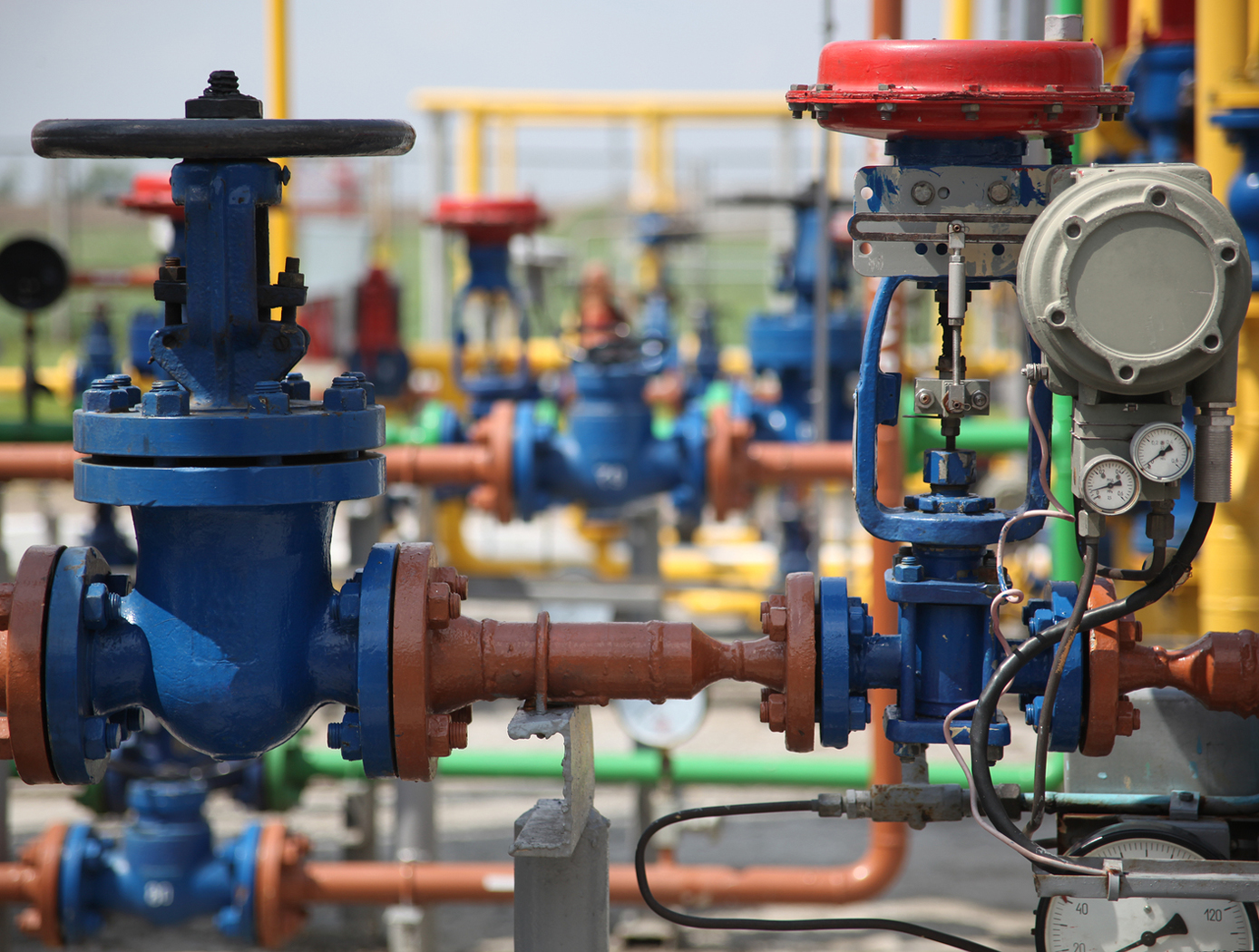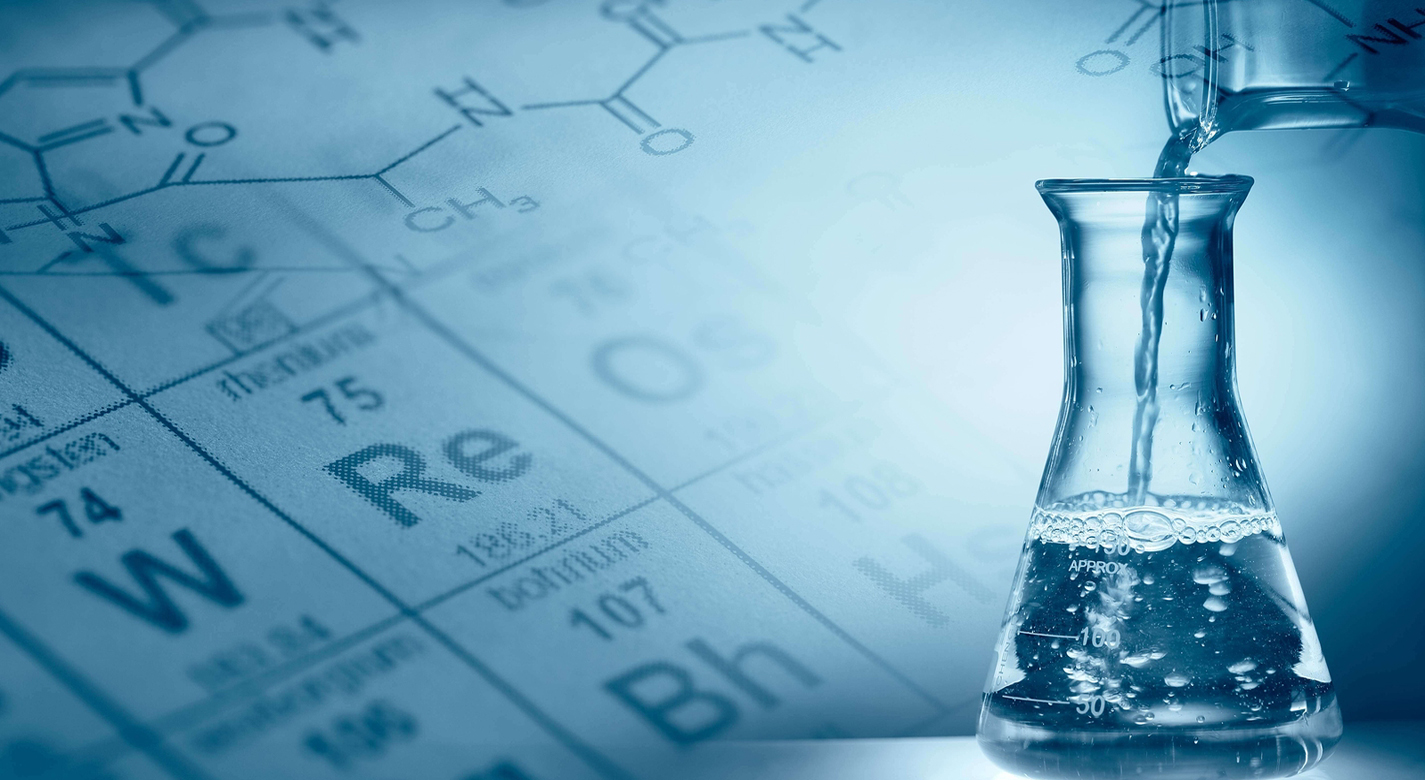Detection Of Presence Of Chemical Precursors
sensors
Detection Of Presence Of Chemical Precursors (TOP2-107)
Precursors provide early warning
Overview
Certain selected chemicals associated with terrorist activities are too unstable to be prepared in final form. These chemicals are often prepared as precursor components, to be combined at a time immediately preceding the detonation. One example is a liquid explosive, which usually requires an oxidizer, an energy source, and a chemical or physical mechanism to combine the other components. Detection of the oxidizer (e.g.H2O2) or the energy source (e.g. nitromethane) is often possible, but must be performed in a short time interval l(e.g.,5- 15seconds) and in an environment with a very small concentration (e.g.1-100ppm), because the target chemical(s) is carried in a sealed container.
The Technology
These needs are met by this invention, which provide easy stem and associated method for detecting one or more chemical precursors (components) of a multi-component explosive compound. Different carbon nanotubes (CNTs) are loaded (by doping, impregnation, coating, or other functionalization process) for detecting of different chemical substances that are the chemical precursors, respectively, if these precursors are present in a gas to which the CNTs are exposed. After exposure to the gas, a measured electrical parameter (e.g. voltage or current that correlate to impedance, conductivity, capacitance, inductance, etc.) changes with time and concentration in a predictable manner if a selected chemical precursor is present, and will approach an asymptotic value promptly after exposure to the precursor.
The measured voltage or current are compared with one or more sequence soft heir reference values for one or more known target precursor molecules, and a most probable concentration value is estimated for each one, two, or more target molecules. An error value is computed, based on differences of voltage or current for the measured and reference values, using the most probable concentration values. Where the error value is less than a threshold, the system concludes that the target molecule is likely. Presence of one, two, or more target molecules in the gas can be sensed from a single set of measurements.


Benefits
- High sensitivity sensors (ppm-ppb)
- Real-time response
- Distinction between multiple-target molecules that may be present
- Energy efficient
- Detects at least one oxidizer and at least one energizer
- One or more target molecules in the gas can be sensed from a single set of measurements
Applications
- Homeland Security and Defense
- Airports
- Chemical processing environments
- Gas Leak detection
- Environmental monitoring
Similar Results

Completely biodegradable filtration system for waste metal recovery from aqueous solution
There is a significant need for an inexpensive biological approach to recover specific, targeted metals and other target materials in e-waste or other aqueous solutions that requires minimal input of resources, including energy. This invention is a method of removing or adsorbing a target substance or material, for example, a metal, non-metal toxin, dye, or small molecule drug, from solution, by functionalizing a substrate with a peptide configured to selectively bind to the target substance or material and to bind to the substrate. The substrate is fungal mycelium, and the naturally-occurring or bioengineered peptide is called a target-binding domain, which is chemically bonded to a selected solid substrate. The target chemical species binds to the target-binding domain and is removed from solution. The target can be any chemical species dissolved or suspended in the solution. Capture of the target by the substrate can isolate and allow removal of the target substance from solution, or for utilization in water filtration, or recovery of targeted chemical species from solution, particularly aqueous solution applications. The peptides used include (i) fusion peptides and/or proteins containing metal-binding domain sequence and optionally containing substrate-binding domain sequence; (ii) fusion peptides/proteins containing a metal-binding domain and a chitin-binding domain; and (iii) nucleic acids encoding fusion peptides and/or proteins containing metal-binding domain sequence. The technology enables simple scale up to a level that could be successfully implemented in an environment with limited resources, such as on a space mission or on earth in developing countries with poor access to clean water.

Photo-Acoustic Sub Part-Per-Billion Chemical Sensing
The technology is a sensor for remotely detecting sub part-per-billion (ppb) levels of ambient trace gases and chemical species. The system includes a high-repetition-rate, pulsed laser module that is spectrally tuned to a desired chemical species. The photons from the laser are absorbed by the target chemical, creating an acoustic vibration that impacts a diaphragm (which acts like a speaker). A highly sensitive, photo-emf detector is then used to measure the magnitude of the vibration, which corresponds to the concentration of the target chemical. The technology is being developed for NASA's trace-gas measurement needs for validation and ground truth studies to support airborne and space-based LIDAR operations. The technology has application as a chemical sniffer to detect hazardous or toxic chemical species in the vicinity of IEDs, explosives, or other chemical agents. In such an application the sensor could detect chemical species hidden inside closed containers, bags, or car trunks.

Carbon Capture Filter
NASA’s Carbon Capture Filter was designed to trap solid carbon dust through a variety of mechanisms. These include inertial separation, flow recirculation, flow tortuosity, media filtration, and quenching of hot particles or of precursor particles from pyrolysis. The filter uses a custom-designed housing to produce a strong and large recirculating pattern to remove dust through inertial forces and confine it into a large collection cup, which is enshrouded in a cold trap (using a thermoelectric cooler) to thermally induce precipitation of the solid carbon. The flow then passes through a single stage baffle and tube filters before exiting through the outlet at the top of the housing.
During operations, gaseous carbon-containing streams enter the filter via an inlet tube at the top of the housing. The inlet tube extends down towards the bottom of the collection cup, where the high-speed stream meets a sudden perpendicular bottom wall, inducing a stagnation flow. Large particles inertially separate from the flow and impinge onto the bottom wall. The partial enclosure of the collection cup (aside from a small slit connecting it to the upper chamber) causes a recirculation bubble to form, increasing the residence time of the stream. The vortical motion of the recirculation bubble causes the large particles to spin outwards towards the walls of the collection cup. The collection cup is cooled to quench the carbon particles, causing them to precipitate out and collect on the walls of the cup. The extended residence time caused by the recirculating flow further quenches the stream. Only small particles that are entrained sufficiently by the flow make it through the slit between the collection cup and upper chamber. On the top wall of the upper chamber, an array of tubular filters collects the remaining particles before the gaseous stream exits the system.
NASA’s Carbon Capture Filter has been prototyped and undergone initial testing with simulant dust, yielding promising results. The invention is available for licensing to industry.

Hydroxyl Radical (OH) Gas Detector
The OH Gas Detector combines the properties of Gas Correlation Radiometry (GCR) with Broad Band Cavity Enhanced Absorption Spectroscopy (BBCEAS) to measure the absorption of OH remotely. GCR utilizes a precise filter with a high spectral resolution that is matched to the absorption features of a specific gas. BBCEAS measures light intensity through a stable optical cavity.
OH gas absorbs strongly at specific wavelengths in ultraviolet light. Using the sun as a light source, modulated sunlight is split into two, independent gas cells. One gas cell contains a vacuum and the other gas cell contains OH gas. The OH Gas Detector uses the gas cell containing OH gas as a precise bandpass filter for GCR. Due to the short lifespan and reactivity of OH gas, OH gas must be actively generated to use as a reference and only a limited amount can be generated. BBCEAS is used to increase the path length within the gas cell for a measurement to be possible using the small amount of OH gas present within the gas cell. The OH Gas Detector measures the absorption rate of each gas cell, which is ratioed to determine the remote level of OH absorption.

Solid And Liquid Waste Drying Bag
This invention addresses the problem of human solid waste disposal in microgravity, and consists of a soft-sided container or bag that (1) collects wet material using airflow, (2) compacts material under vacuum, and (3) dries material under applied vacuum. End products are clean water and dried, compacted, and bagged material. The bag includes a liquid-impermeable and vapor-impermeable outer layer and a liquid-impermeable but vapor-permeable inner layer membrane, defining an inner bag, through which some vapor can pass. The port is located in the outer layer, and activation of the vacuum source causes some of the original vapors and vaporized liquids to pass through the membrane liner. Liquid components of the moist waste solids within the bag may also be vaporized and transported across the membrane. Waste solids, such as excrement, remain in an inner layer defined by the membrane, and are partly dried by withdrawal of vaporized liquid and vaporized liquid components in the moist solids. These waste solids are thereby trapped and sealable in the bag, while the original vapors and the vaporized portion of the liquids pass through the membrane and are received by an outer bag defined by the membrane and the outer layer of the bag. After use, the bag is sealed and stored for ultimate disposal.



